What is Bruckner Test or Fundus Red Reflex Test?
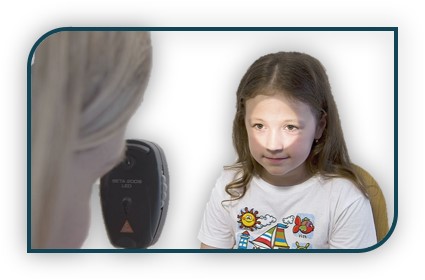
- The Bruckner Test is a test which is performed with a direct ophthalmoscope to identify gross ametropia and other abnormalities of the eye.
- A large circle aperture of Direct Ophthalmoscope is used to illuminate both eye simultaneously and reflex of both eyes are observed and compared.
- Eye with brighter reflex is abnormal and eye with dimmer reflex is normal.
- Being an objective test, it can be used among preverbal children and uncooperative patients.
- Both eyes of the patient are simultaneously illuminated from approximately 1 meter distance.
Basic Mechanism of Buckner’s Test Principle:
Why is the Dimmer Reflex Normal?
- When eyes are aligned rays focus on the fovea which has tightly packed photoreceptor cells which absorb light thus reflex is dimmer.
Why is Brighter Pupillary Reflex Abnormal?
- When eye is deviated the rays focus an extra foveal area (peripheral retina) where photoreceptors cells are less and light reflected more, thus a bright pupillary is seen in strabismic eye.
Requirements to perform Bruckner Test:

- Direct ophthalmoscope.
- Patient.
- Dim light Conditions
- Test Distance: Generally, 1M but main purpose is to illuminated both pupil simultaneously.
Procedure of Bruckner Test:
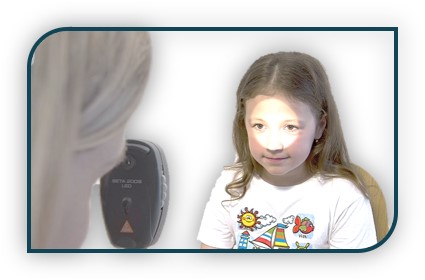
1. Positioning:
- The examiner sits at a distance of approximately 1 meter from the patient.
- The patient is instructed to look straight at the examiner.
2. Preparing the Ophthalmoscope for Bruckner Test:
- Turn on the ophthalmoscope, setting it to emit a large white spot of light.
3. Illumination:
- Direct the light from the ophthalmoscope at the patient’s eyes, ensuring both eyes are illuminated within the circle of ophthalmoscopic light.
4. Focusing:
- Focus the ophthalmoscope on the pupillary area of both eyes.
5. Assessment of Red Reflex:
- Quality and Intensity:
- Observe and compare the quality and intensity of the red reflex in both eyes.
- Size of the Pupil:
- Check and compare the size of the pupils.
- Position of the Light Reflex:
- Note the position of the light reflex in each eye.
- Quality of Corneal Light Reflexes:
- Assess the corneal light reflexes for symmetry and quality.
6. Comparison red reflex in Bruckner Test:
- Ensure that the reflexes are mirror images of each other.
- This symmetry is important for accurate assessment.
- A brighter reflex in one eye compared to the other may indicate an abnormality.
Interpretations of Bruckner Test:
1. In hyperopia:
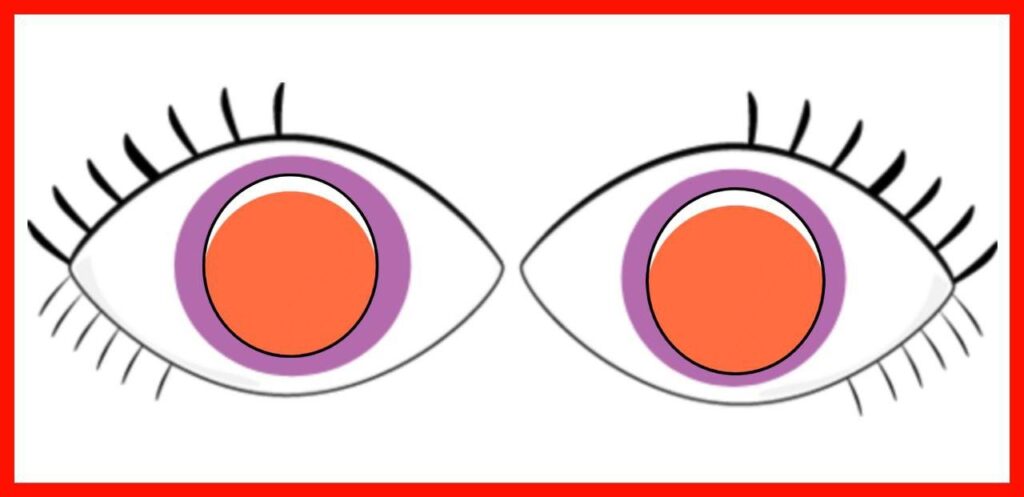
- The lighter crescent is visible at the top of the red reflex.
- With increasing degrees of hyperopia, the overall red reflex will become dimmer.
2. In myopia:
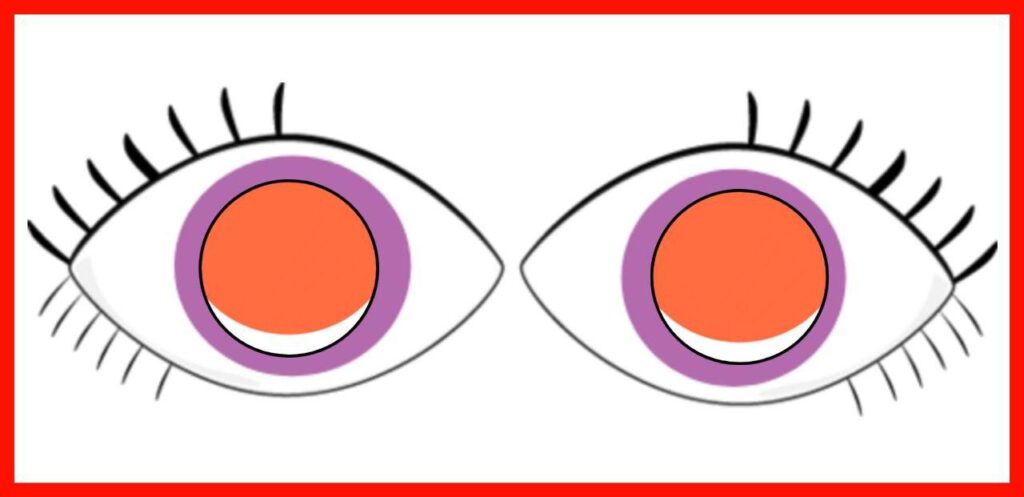
- The lighter crescent is at the bottom of the red reflex.
- With increasing degrees of Myopia, the overall red reflex will become dimmer.
3. In astigmatism:
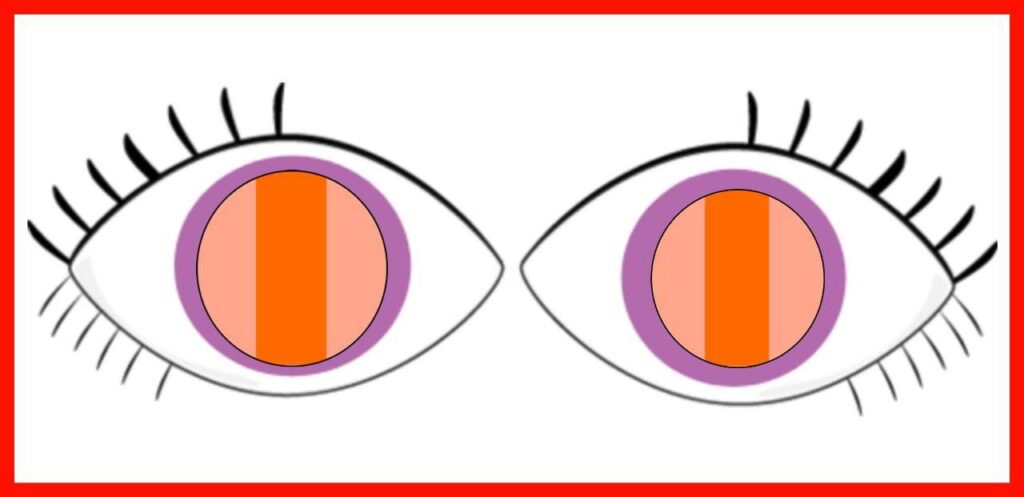
- Red reflex flattens into a straight line across the pupil rather than a crescent.
- This occurs due to an increase converging in one meridian as compared to other.
4. In Anisometropia:
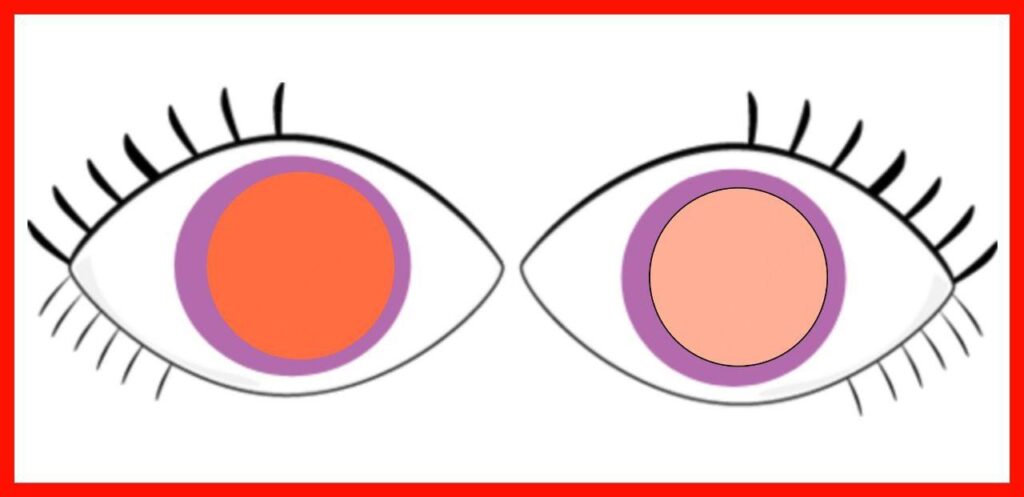
- Anisometropia is condition where dioptric power of two eyes is different.
- Higher the refractive error dimmer the reflex, thus in anisometropia the color of the red reflexes is different.
- The size, position, and color of the crescents are also clearly different in each eye.
5. Media Opacities:
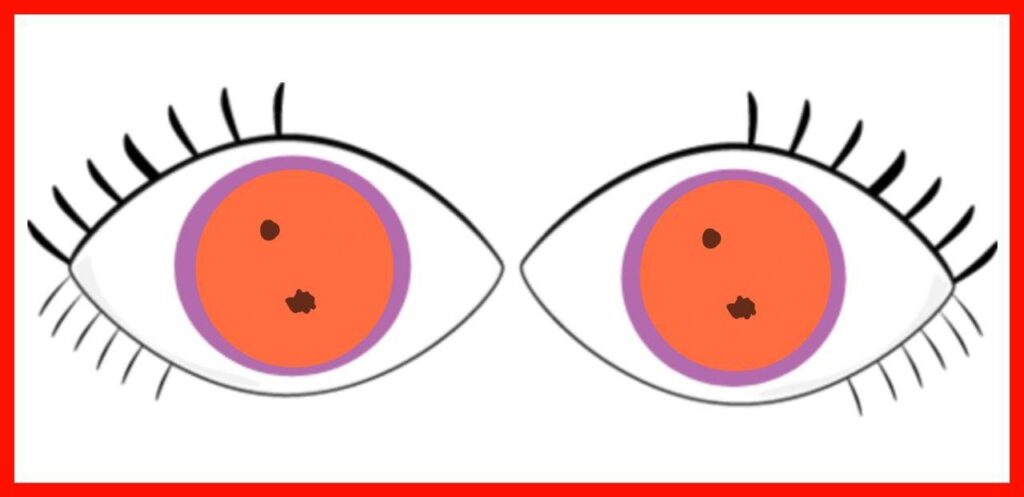
- Media opacities will be seen as black against fundus reflex.
- Corneal abrasions and corneal scars will appear as black marks on the red reflex.
6. Retinoblastoma:
- Loss of the red reflex and development of leukocoria/ Glucocoria, or “white reflex,”
7. Strabismus:
- Asymmetry of the red reflex.
- Unequal pupil sizes; and
- Displacement of the central corneal light reflex.
8. Esotropia:
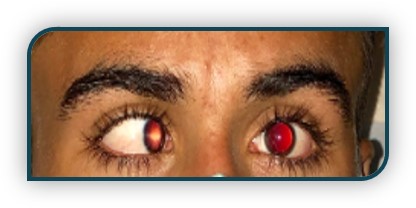
- The red reflex will be brighter on the eye that goes inward.
- The white corneal reflex will be moved outward toward the exocanthus.
9. Exotropia
- The red reflex will be brighter on the eye that turns outward.
- The white corneal reflex will be moved inward toward the nose.
Questions for You:
1. Which Instrument is used to performed Bruckner Test?
- A. Streak Retinoscope.
- B. Direct Ophthalmoscope.
- C. Indirect Ophthalmoscope.
- D. Manual Keratometer.
Type your answer in Comment Box
2. The eye with Brighter Reflex is ……………… .
- A. Normal Eye.
- B. Abnormal Eye.
Type your answer in Comment Box
3. While performing Bruckner Test, you observe there is a crescent in upward position of pupillary reflex in both eyes. What is the refractive status of this patient?
- A. Myopia.
- B. Hyperopia.
- C. Astigmatism.
- D. Emmetropia.
Type your answer in Comment Box
- Check Our Courses: Ophthalmic Instrumentation, Clinical Refraction, Contact Lens, Binocular Vision, Dispensing Optics, MCQs in Optometry
- Download our App “Optometry Notes & MCQs” from Google Play Store.
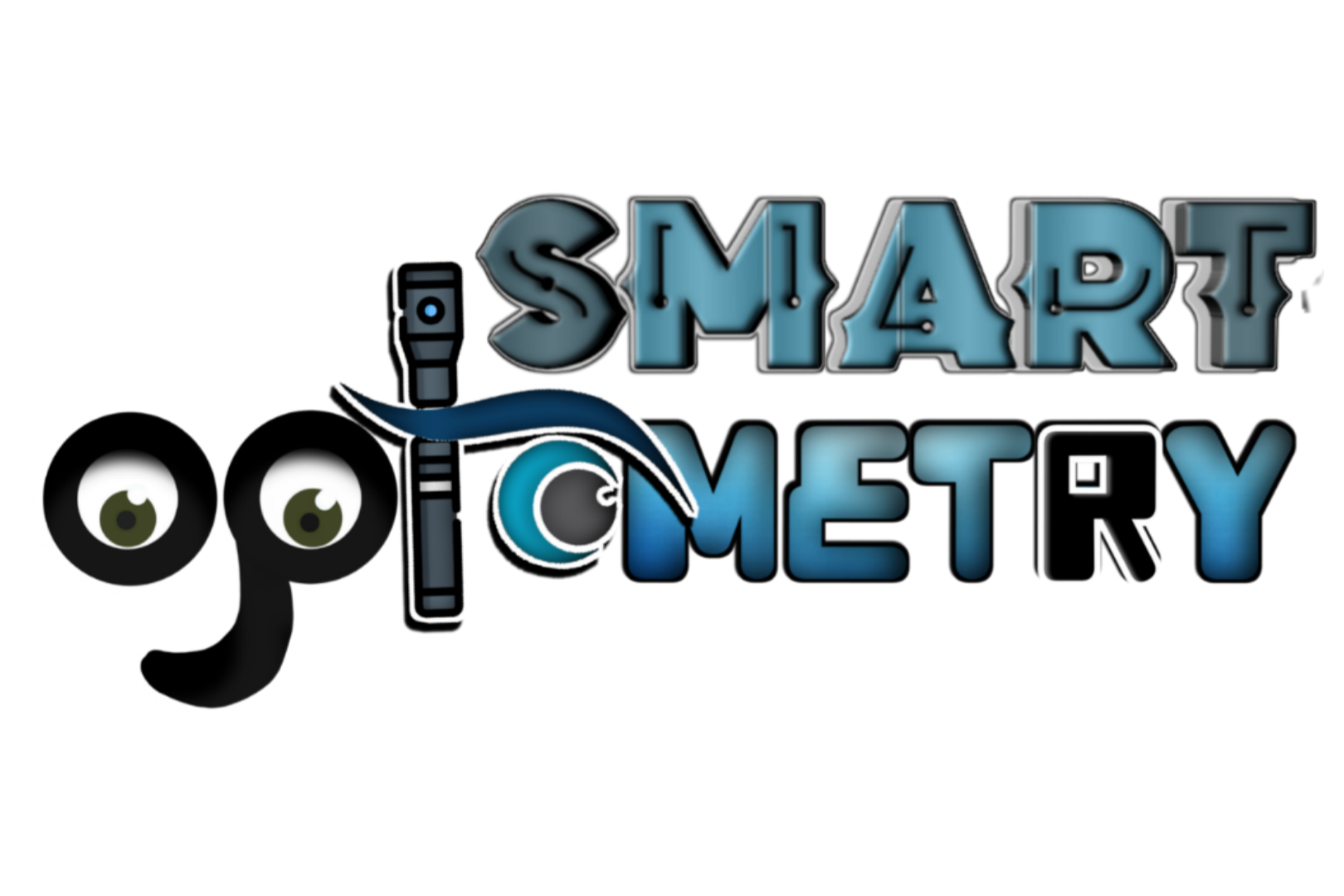
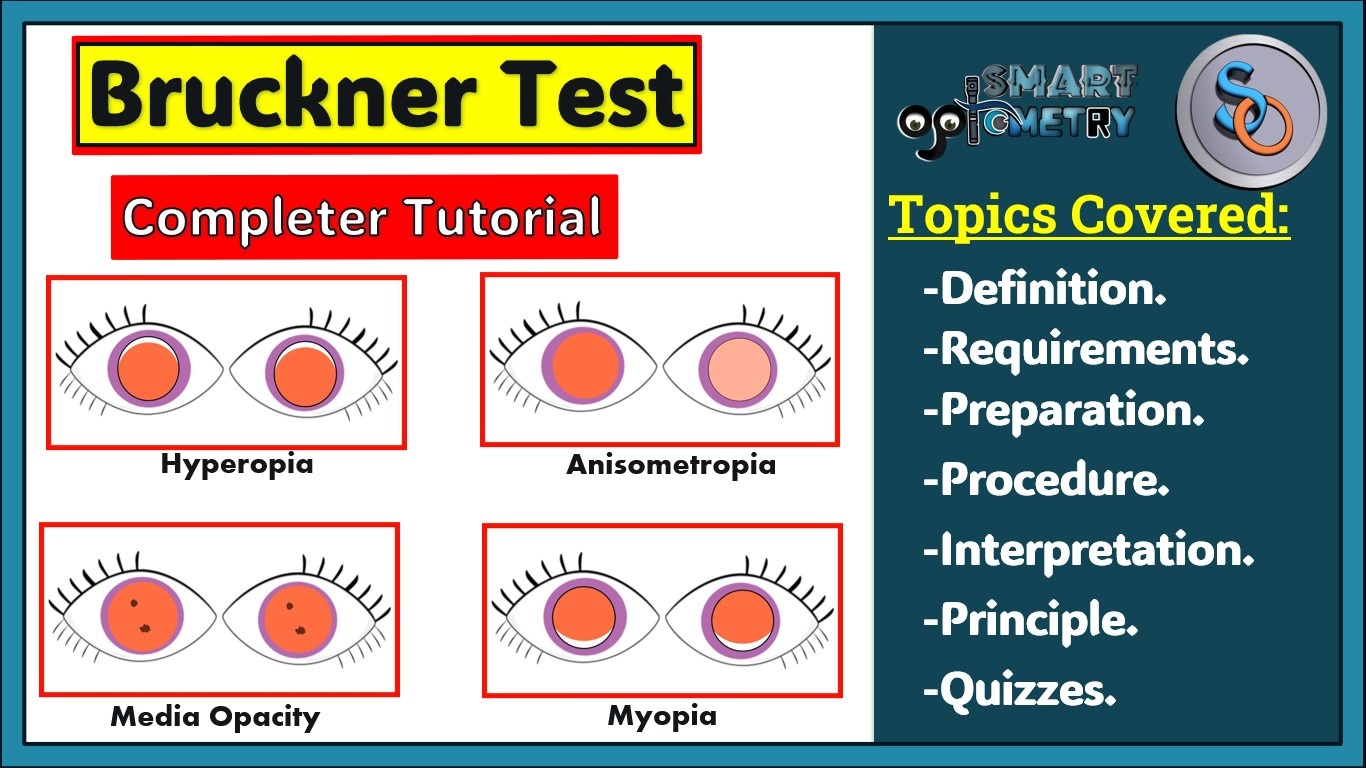


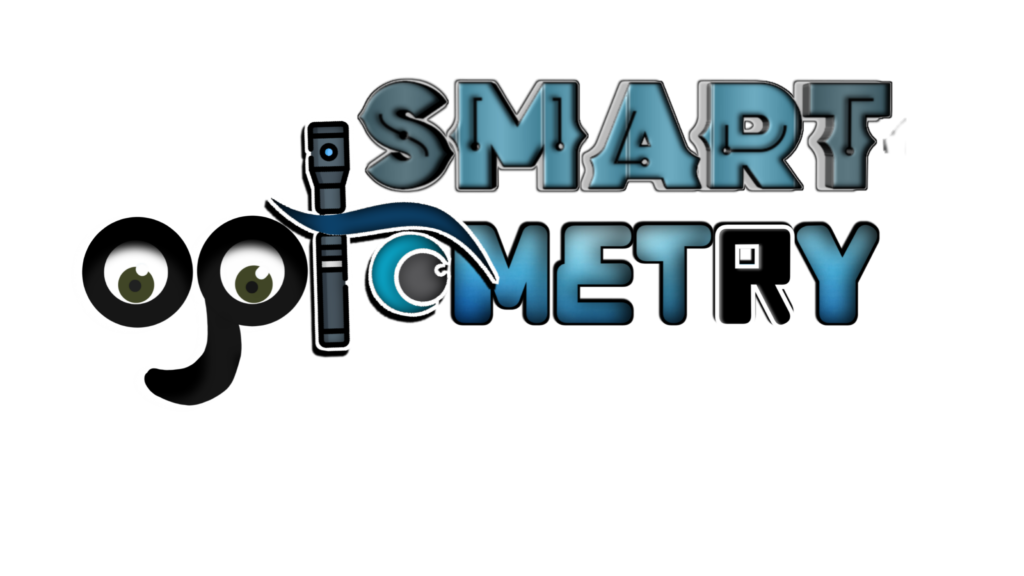
6 Comments
I also don’t know the exact mechanism. But you can remember this way………….
It’s depend of the total converging power of the eyes. If total converging power is less (than the required) like in Hyperopia, than a upper crescent is formed and if total power is more than the required than a lower crescent is formed and when one meridian has more converging power than a leaner light reflex is formed.
Why we see light crescent at bottom in case of myopia and at the top in case of hypermetropia?
Stay with us for more…
It is awesome
You are right…………
Stay with us for more…..
1. B
2. B
3. B